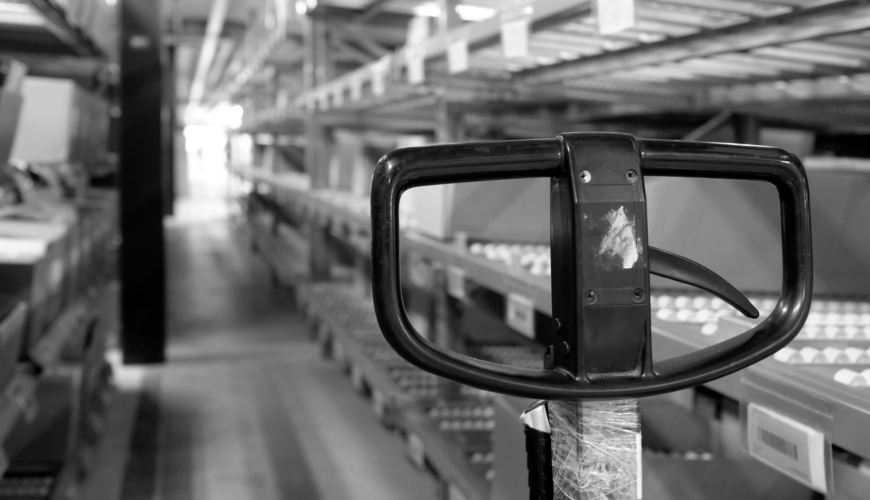The United States has a serious labor shortage and there are several factors driving low participation in the workforce. From early retirement to lack of childcare, every size company in every industry across nearly every state faces unprecedented challenges trying to find enough workers to fill open jobs. According to the US Chamber of Commerce, we have many jobs but not enough workers.
The decline of Americans’ labor force participation is nothing new—fewer and fewer Americans have been participating in the labor force for decades, resulting in a smaller workforce expected to continue shrinking for years to come.
5 Factors Driving the U.S. Labor Shortage
Early retirements and an aging workforce
As of October 2021, the pandemic has forced more than 3 million adults into early retirement. This significant shift has seen the number of adults 55 and older detached from the labor force due to retirement grow from 48.1% in Q3 of 2019 to 50.3% in Q3 2021.
Furthermore, the share of older individuals within the U.S. population is steadily increasing, likely to continue. This societal shift is partly attributable to younger generations having fewer children than their predecessors, resulting in a progressively older and diminishing population.
Net International Migration to the U.S. is at its lowest level in decades
U.S. Census Bureau data shows that net international migration to the U.S. only contributed to a 247,000-person increase in the U.S. population between 2020 and 2021. Compared to the prior decade’s high of a 1,049,000 increase in our population between 2015 and 2016 due to immigration, the impact that immigration has had on U.S. population growth dropped by 76%.
Lack of access to childcare
The economic implications of a lack of access to high-quality, affordable childcare were evident before the pandemic. Research from the U.S. Chamber of Commerce Foundation found that due to breakdowns in the childcare system, the states surveyed (Alaska, Arkansas, Arizona, Missouri, and Texas) missed an estimated average of $2.7 billion annually for their economies.
A report from the U.S. Chamber of Commerce Foundation and The Education Trust shows that the pandemic created a vicious cycle for the industry; to return to work, workers need reliable childcare, but providers are facing immense challenges themselves. The pandemic forced many childcare providers to close or scale down: between February and April 2020, the industry lost 370,600 jobs — 95% of which were held by women. Unfortunately, the recovery has not been swift; as late as September 2021, childcare industry employment remained 10 percent lower than pre-pandemic levels.
Additionally, women are participating in the labor force at the lowest rates since entering the labor force meaningfully in the 1970s. In the spring of 2020, 3.5 million mothers left their jobs, driving the labor force participation rate for working moms from around 70% to 55%.
Even though more women are working now than in February 2020, the women’s labor force participation rate has not yet fully recovered to its pre-pandemic rate or its all-time high of 60.2% in early 2001.
In the Chamber’s survey of unemployed workers who lost their jobs during the pandemic, 27% indicated that the need to be home and care for children or other family members has made returning to work difficult or impossible.
New business starts
In the spirit of entrepreneurship, some employees left or stayed unemployed to open their own businesses. In 2023, 5.5 million new businesses were started, continuing a trend of record-high numbers of new business applications filed over the last several years. There have already been 884,981 new business applications filed in 2024.
Workers of all ages, but primarily younger generations, have also tapped into a new source of income in large numbers—digital commerce. In 2020, 2 million individuals made six figures or more on social media. The cultural shift spurred by the digital age is spreading into the labor market, introducing new challenges to attracting employees that employers must now navigate.
An increase in savings
Enhanced unemployment benefits, stimulus checks, and the inability to spend money during the COVID-19 pandemic all contributed to Americans collectively adding $4 trillion to their savings accounts since early 2020. The extra few hundred dollars a week from enhanced unemployment benefits (which ended in Sept. 2021) specifically led to 68% of claimants earning more on unemployment than they did while working.
In the Chamber’s survey, 23% of women cited others in the family making enough money and said that working full-time is not as critical as the reason they have not re-entered the workforce. Higher incomes and savings have bolstered people’s economic stability, allowing them to continue sitting out of the labor force. However, high inflation is driving down savings accounts, necessitating the need for many to return to the workforce.
The Great Reshuffle
The Great Resignation worked its way into our vocabulary as the shift of our labor force started to become apparent—and the hashtag #quittok even went viral as social media users posted about quitting their jobs in search of more free time or better opportunities.
However, the story is more complex than individuals leaving their jobs. A more appropriate moniker for the high quit rates over the past few years is the “Great Reshuffle.” More than 44 million Americans quit their jobs in 2023, and 3.4 million quit in January 2024 alone. However, the hiring rate has outpaced the quit rate since November 2020. This means Americans are seeking – and finding – better opportunities with new employers and in new occupations and industries.
These reasons above help illuminate the current labor shortage landscape, but the examples are non-exhaustive. Understanding why workers are missing from unfilled jobs is only half the equation. The next step in addressing the labor shortage is to implement solutions to attract and retain new workers, which is underway.


